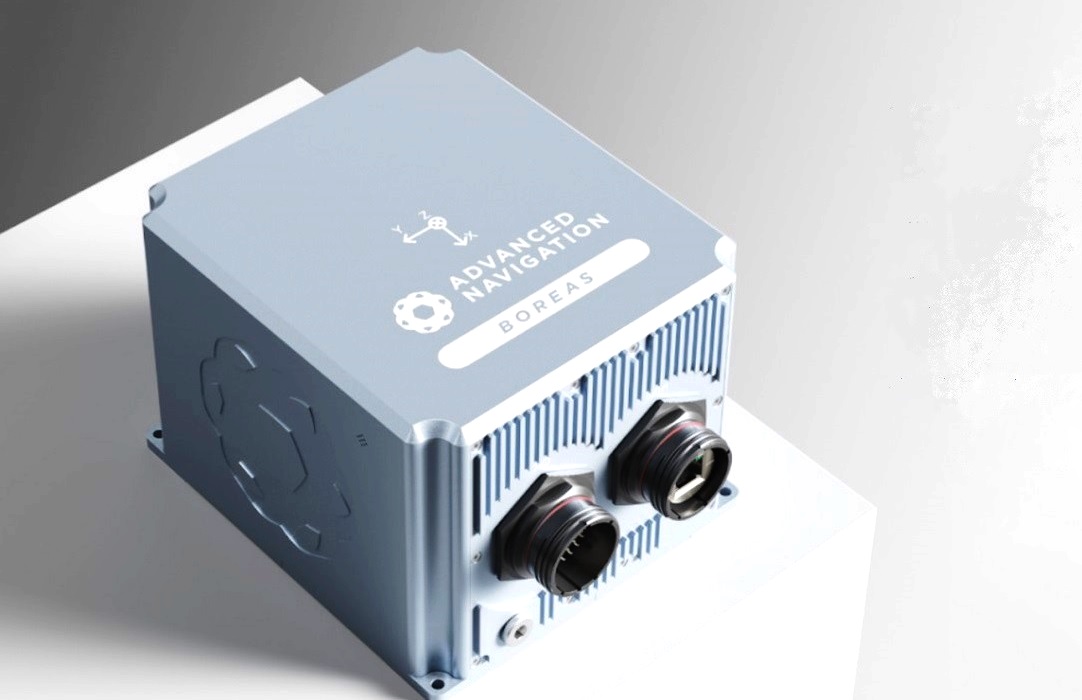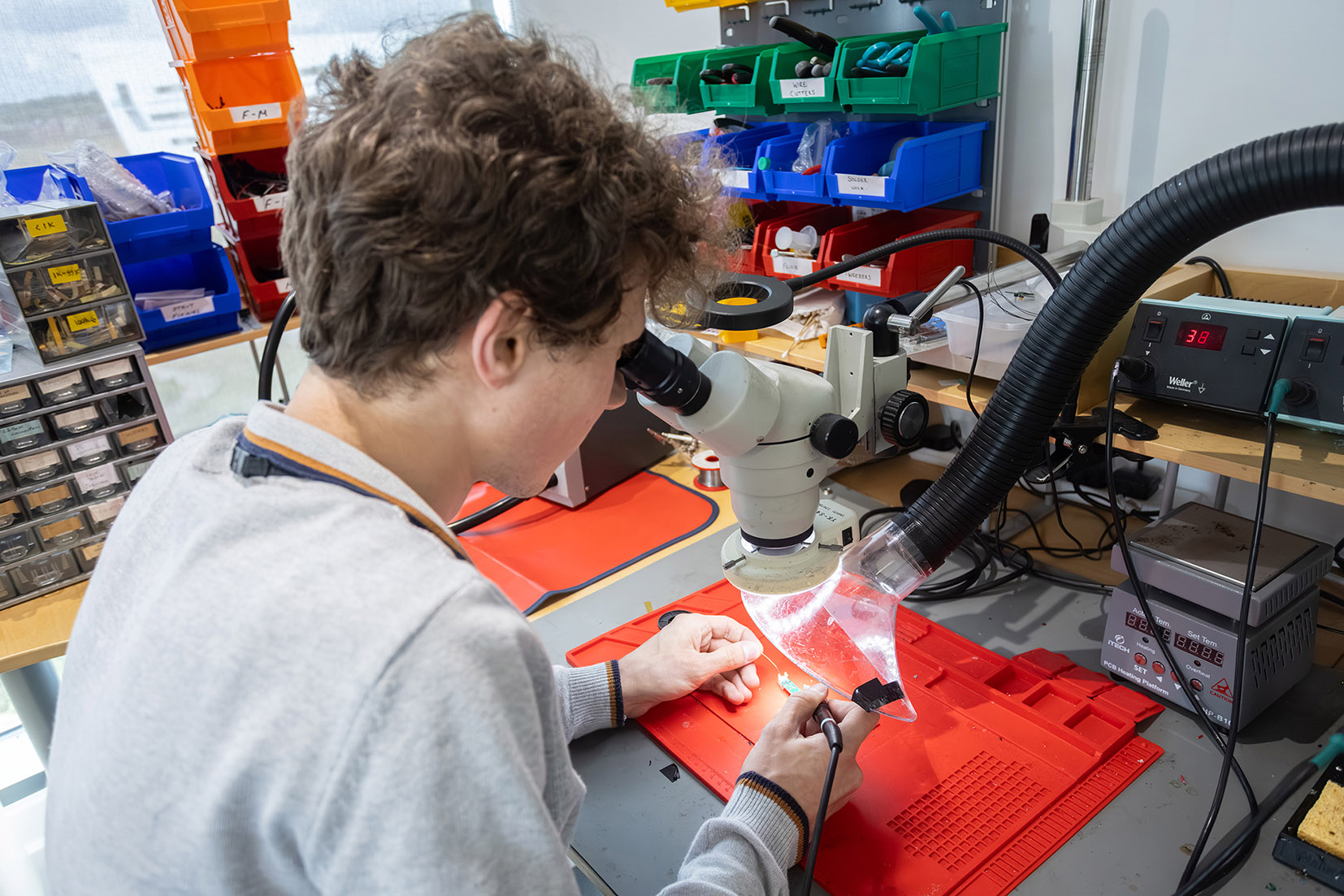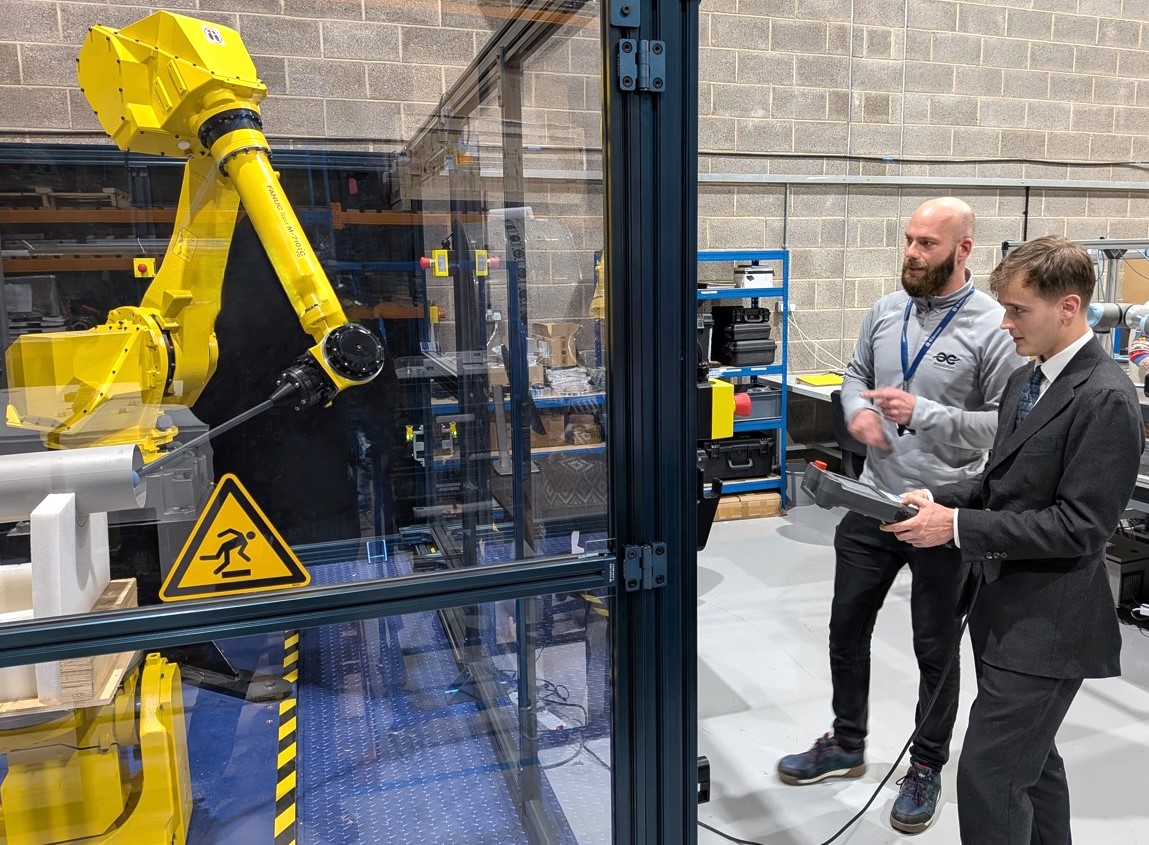Advanced Navigation expands Boreas DFOG range

Above:
Boreas A series.
Courtesy Advanced Navigation
The Boreas A90 and A70 are strategic-grade inertial measurement units (IMU) that deliver acceleration and orientation with superior accuracy, stability and reliability under all conditions with no reliance on GNSS. They also feature automatic gyrocompassing with industry-leading reductions in size, weight, power and cost (SWaP-C) compared to competing systems on the market.
Xavier Orr, CEO and co-founder of Advanced Navigation said: “Our world-first Boreas DFOG technology represented a step-change for fibre-optic gyroscopes. The addition of the A Series ensures we have greater ability to meet the rapidly growing demand for ultra-high accuracy solutions, even in the most demanding conditions.
"The A Series is an embodiment of industry-leading performance and cost-effectiveness. We look forward to seeing this technology unlock new possibilities across an expanse of fields, from autonomous vehicles and land surveying to subsea navigation and mining.”
The Boreas A90 and A70 are IMUs that contain ultra-high accuracy DFOG and high performance closed-loop accelerometers. Boreas A90 offers ultra-high performance, while the A70 offers high performance. Featuring ultra-fast gyrocompassing, both systems can acquire and maintain an accurate heading under all conditions with no reliance on GNSS, making them well-suited for surveying, mapping and navigation across subsea, marine, land and air applications. The Boreas A90 and A70 also offer an optional licence to add INS capabilities and enable integration with external GNSS receivers using Advanced Navigation’s comprehensive range of interfaces and communication protocols.
The Boreas range is targeted at applications requiring always available, ultra-high accuracy orientation and navigation scenarios including marine, surveying, subsea, aerospace, robotics and space.
The Boreas range contains Advanced Navigation’s revolutionary sensor fusion algorithm, which is is more intelligent than the typical extended Kalman filter and is able to extract significantly more information from the data by making use of human-inspired artificial intelligence. It was designed for control applications, with a high level of health monitoring and instability prevention to ensure stable and reliable data. Advanced Navigation has designed the Boreas range from the ground up for reliability and availability. Both the hardware and software are designed and tested to safety standards and have been environmentally tested to MIL standards.
DFOG is Advanced Navigation’s patented technology, developed over 25 years involving two research institutions. DFOG was created to meet the demand for smaller and more cost-effective FOGs, while increasing reliability and accuracy.
The first generation of FOG made available in 1976 used analog signals and analog signal processing. The second generation was developed in 1994 and is still used to this day. It improved upon the first generation with a hybrid approach using an analog signal in the coil with digital signal processing.
In 2021, FOG evolved into DFOG. This third generation of FOG sets itself apart by being completely digital, providing higher performance and reliability while enabling up to 40% reductions in SWaP-C. To achieve this, three different, yet complementary, technologies have been developed to improve the capabilities of FOG.
Distinguished Professor Arnan Mitchell, the Director of the Integrated Photonics and Applications Centre at RMIT University, was a key partner in developing DFOG technology with Advanced Navigation. Professor Mitchell is a noted authority on microtechnology and nanotechnology whose work on shrinking the components of a fibre-optic gyroscope onto a single chip proved to be one of the key aspects of DFOG’s revolutionary technology. This innovation allows DFOG to have a significantly lower SWaP-C than other similar FOGs, all the while delivering higher accuracy and reliability.
Professor Mitchell explained: “By printing optical components onto a tiny chip, we are creating more compact and reliable fibre-optic gyroscopes with Advanced Navigation.”









